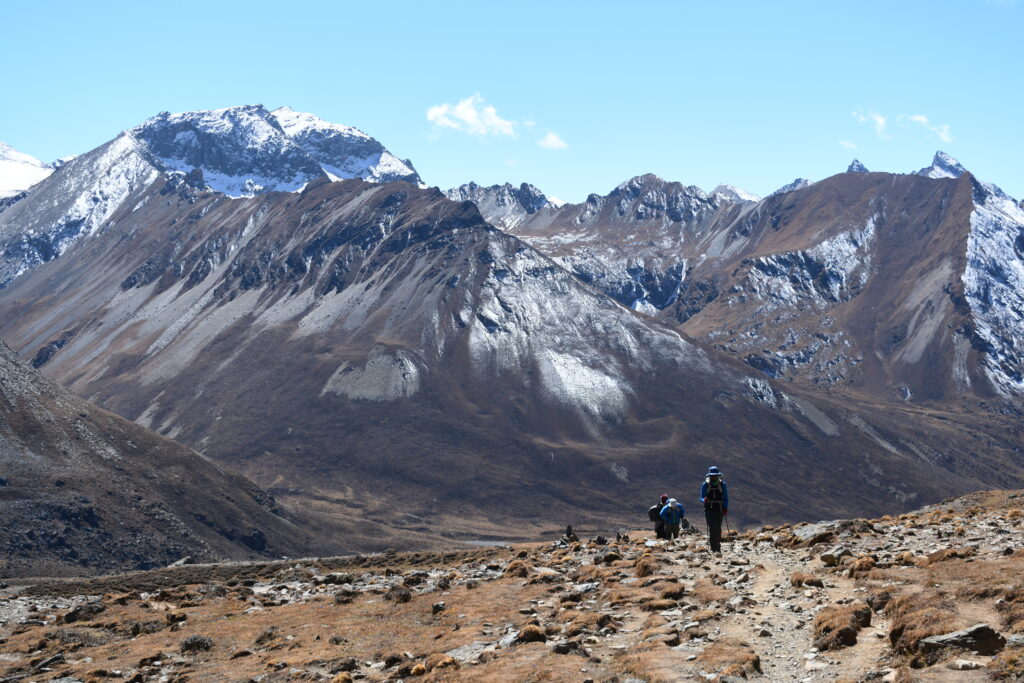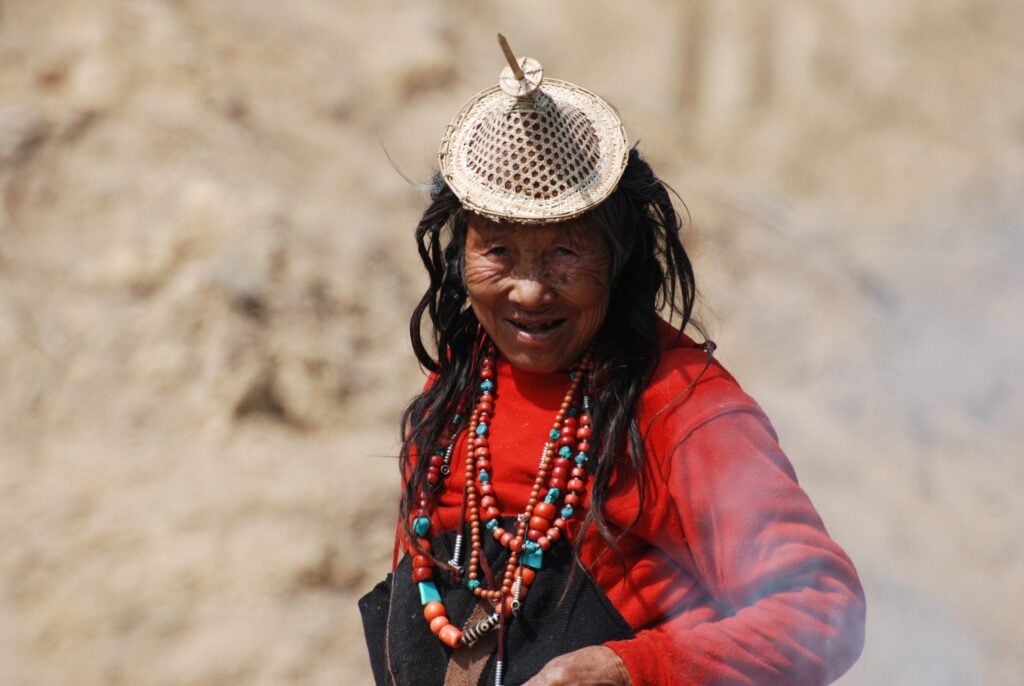In the past, people in Bhutan spoke 26 languages—more than the total number of Dzongkhags (districts). This showcases the diverse nature of Bhutan, highlighting its rich linguistic heritage despite its small population and size. Going further back, they likely spoke even more languages. Bhutan’s unique landscape, which divided the country into smaller regions, created this linguistic diversity. One language now reportedly has only a single speaker left.
Landscape
Bhutan’s diversity is not only reflected in the various languages and dialects spoken to this day but also in its landscape. In an area of 38,394 km²—about the size of Switzerland and smaller than the state of North Carolina—various types of vegetation and climates exist. From the alpine climate of northern districts like Thimphu, Gasa, and Paro, to the tropical climate of Samtse, diverse environments exist. In these tropical regions, you can find crocodiles, elephants, and banana-growing areas. To give you a clearer picture, the border town of Phuentsholing lies just 160 km (99.4 miles) south of Thimphu. In this town, some people claim to have never seen snow. Within this small space, people share such diverse ways of life that visiting one district from another can seem like traveling to a foreign country.

Different Languages
Because people were heavily divided due to the landscape, they spoke their own languages or created versions of existing ones. While the national language of Bhutan is Dzongkha, English is also equally important, along with Sharchokpa, spoken predominantly by people of eastern Bhutan descent and in eastern Bhutan. Lhotsham Kha, also known as Nepali, is also widely spoken by the natives. Other languages, though not as popular but still spoken, include Bumthap Kha from Bumthang, Kheng Kha from Zhemgang, and Kurtop Kha from Lhuntse. Some people in certain regions also speak Tibetan.

Many Bhutanese speak at least two to three languages on average. Therefore, when they speak Dzongkha, the national language, many of them often do so with an accent.
Interestingly, songs—particularly music videos—have played a role in reviving languages and making them more mainstream.


